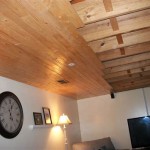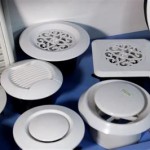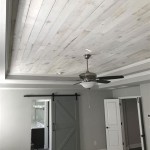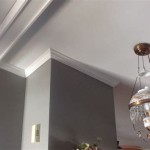Heating, ventilation, and air conditioning (HVAC) systems are essential for keeping a comfortable indoor climate in any building. Heat ducts are an integral part of HVAC systems, as they are responsible for distributing warm air throughout the building. Heat ducts in ceilings are especially common and can be found in most residential and commercial buildings. In this article, we’ll discuss what heat ducts are, their advantages and disadvantages, and how to install them in a ceiling.
What Are Heat Ducts?
Heat ducts are metal or plastic pipes that are used to transport warm air from the furnace or heat pump to the various rooms in a building. The pipes are connected to the main duct system and run through ceilings, walls, and floors, to distribute the warm air. Heat ducts also help to regulate the temperature in each room, by controlling the amount of air that flows through them.
Advantages of Heat Ducts In Ceiling
- Heat ducts in the ceiling are more efficient than those in walls or floors, as the air is able to spread more easily.
- Heat ducts can be used to zone certain areas of the building, allowing for greater control over the temperature.
- Heat ducts in the ceiling are less intrusive than those in walls or floors, as they are less visible.
- Heat ducts in the ceiling take up less space than those in walls or floors, allowing for more usable space in the building.
Disadvantages of Heat Ducts In Ceiling
- Heat ducts in the ceiling can be harder to install than those in walls or floors.
- Heat ducts in the ceiling take up more space than those in walls or floors, reducing the amount of usable space in the building.
- Heat ducts in the ceiling are more prone to leaking than those in walls or floors.
- Heat ducts in the ceiling can be more expensive than those in walls or floors.
Installing Heat Ducts In Ceiling
Installing heat ducts in a ceiling can be a complex and time consuming process. Before beginning, it is important to make sure that the ceiling is structurally sound, and that there is enough space to accommodate the ducts. It is also important to ensure that the ducts are properly insulated, to prevent heat loss. Once the ducts are in place, the last step is to connect them to the main duct system.
Conclusion
Heat ducts in ceilings are an important part of any HVAC system, and can be a great way to keep a comfortable indoor climate. They are efficient, take up less space, and can be used to zone certain areas. However, they can be difficult and expensive to install. If you are considering installing heat ducts in your ceiling, it is important to make sure that you understand the process and the potential benefits and drawbacks.














Related Posts








